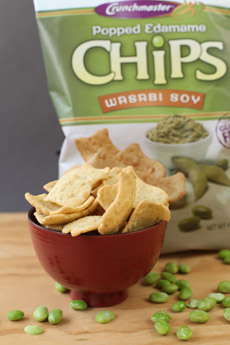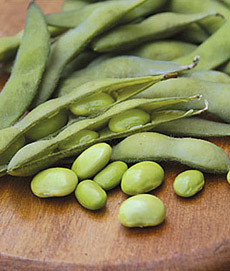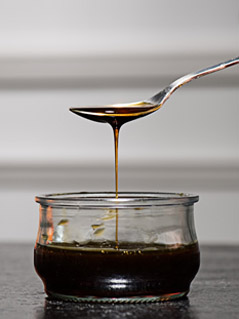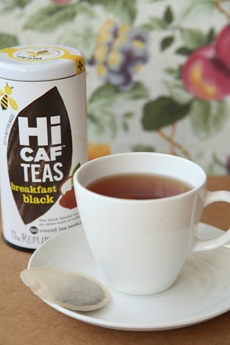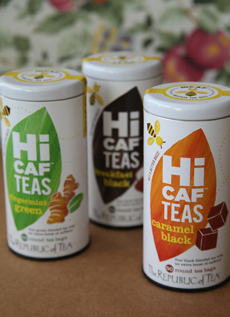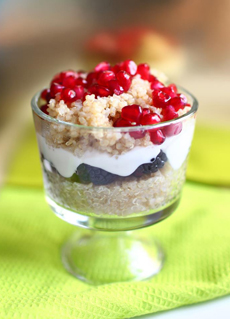
Turn leftover quinoa or other grain into a
breakfast parfait. Photo courtesy Chobani. |
|
Barley, buckwheat, bulgur, rice, quinoa….
You’re doing your best to eat more whole grains and up your daily fiber content.
But if you’re staring down a bowl of leftover grains in the fridge, here’s how to repurpose it. Although it isn’t a whole grain, include white rice on this list (since many of us have lots of leftover white rice from Chinese takeout). We haven’t included oatmeal because its cooked consistency has limitations; but you can find ways below to use it.
UNSEASONED GRAINS
Breakfast Or Lunch Parfait: Sweeten the grains lightly and create a parfait with yogurt and fruit.
Omelet or Scrambled Eggs: Just fold the grains in.
Porridge: Reheat grains in a bowl and serve with milk, sweetener of choice and optional fruit and/or nuts.
Rice Pudding Substitute: Place the grains in a bowl and moisten with whole milk or nonfat milk (enough to wet the rice but not to create a pool of excess liquid). Add a teaspoon of your favorite sweetener and optional raisins or chopped dried fruit, plus cinnamon and nutmeg. Microwave for 30 seconds or enjoy cold.
|
SEASONED GRAINS
Burritos, Stuffed Peppers, Wraps: Toss ‘em in.
Fried Rice/Fried Rice Substitute: Heat oil in a saucepan; add rice or other grains, diced onions or green onions, minced garlic and soy sauce. Add diced bell pepper, carrots and any leftover meat, poultry seafood or tofu. If you have sesame oil, add a teaspoon to the primary cooking oil.
Grain Salad: Mix with diced chopped onions, bell peppers and other favorite vegetables, fresh parsley and any leftover protein. Use olive oil to bind. You can also use this filling to make stuffed tomatoes and stuffed peppers.
Green Salad: Toss seasoned grains in with your salad or use as a garnish.
Mac & Cheese Substitute: Mix grains with shredded, grated or chopped cheese and put in the microwave for 30 sections. Season with fresh parsley, chopped green onions or red pepper flakes. Enjoy it as a quick snack or a side dish; it’s great comfort food.
Meatballs or Stuffed Cabbage: In the meatballs, substitute grains for breadcrumbs; in stuffed cabbage, substitute other grains for the rice.
Polenta Or Hash Browns Substitute: Use the grains to create a version of these popular sides. Combine the leftover grains with any other ingredients that appeal to you (green onions, sesame seeds, whatever), press into a frying pan and fry.
Side: Add more ingredients to make yesterday’s side look different. Beans, corn, dried fruit, green onions, peas, nuts, and so forth can make the dish look new. Also look at a different flavor enhancement: Dijon mustard, horseradish, sesame oil and so forth.
Soup: Using a cookie dough scoop, ice cream scoop or tablespoon and place a mound in the center of a bowl of soup—hot or chilled (like gazpacho).
Other ideas? Let us know!
|
|
